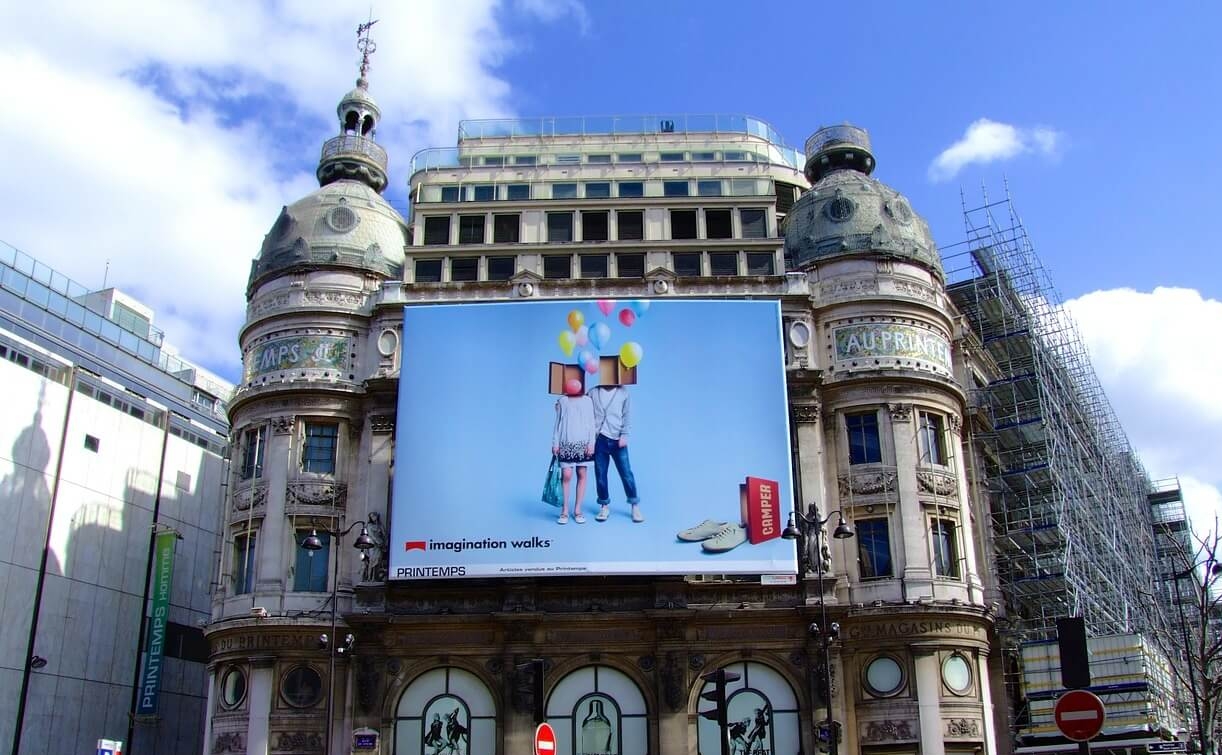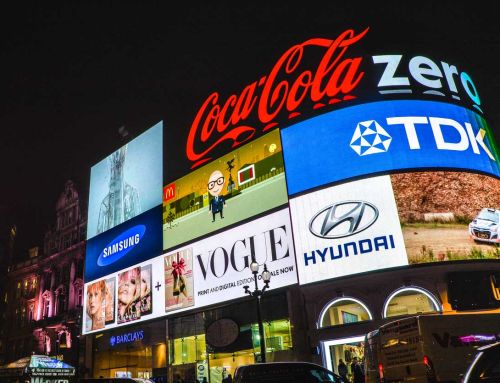Billboards aren’t only for national brands with seven-figure budgets. Many small and mid-sized companies use billboard advertising to build local fame, drive search, and lift footfall when they need it most. The trick is matching the format and flight to the scale of your objectives, then buying smartly so you don’t pay for reach you won’t use.
Out-of-home (OOH) reaches a broad slice of Australians every week, which is why it continues to earn a place in mixed media plans. Industry measurement via MOVE shows national coverage with robust audience metrics across formats, giving even smaller advertisers confidence in planning and post-analysis.
Budget: what to allow and what changes the number
Set a headline budget, then pressure-test it against size, format, and seasonality. Smaller 6×3 m sites are often the entry point; market guidance shows monthly site fees around the low thousands, with print and install charged separately, while landmark sites can push into five figures per 28-day period. Remember to add creative production and, for classic posters, printing and posting. These moving parts explain why published Billboard Advertising Rates vary so widely.
If you want Sydney-specific guardrails, published market snapshots suggest a broad mid-range for a standard site, with premium corridors and high-impact supers commanding more. Treat any average as a starting point only; final pricing depends on audience, visibility, dwell time, and how far in advance you book. Keeping that context in mind will help you weigh billboard advertising Sydney cost without sticker shock.
Timing: booking cycles, lead times, and when to buy
Classic OOH usually trades in fixed “lunar” periods of 28 days. As a rule, static billboards often require a four-week minimum, bus shelters two weeks, and roadside digital as little as one week. Creative instructions are typically due around three weeks before the start date, with printed skins delivered roughly a week prior. Plan ahead, but keep an eye out for late opportunities if your dates are flexible.
Digital can be more agile. You can book shorter bursts, align by day-part or weather, and rotate creative. That flexibility is handy for SMEs that trade around peaks, such as end-of-month sales or new-store launches. If you’re choosing between classic and digital, consider how quickly you need to get on air, how often you’ll rotate offers, and whether you’d rather own the face or share a loop.
Digital vs classic: share of time and frequency
On digital billboards you buy a slot within a loop, not 100% of the screen time. Many networks run loops with about eight to ten advertisers, with typical play lengths between eight and thirty seconds depending on council rules and the site. That shared delivery works well for messages that benefit from repetition across the day; classic posters suit brand statements that need full-time presence. If you advertise on billboard screens digitally, check the loop, play length, and estimated plays per hour to model effective frequency.
Location: pick sites the way your customers move
Start with where your buyers actually travel. Arterials near retail hubs, approaches to major intersections, and commuter corridors concentrate impressions; near-store placements can tip last-mile decisions. Movement data from MOVE helps align formats to behaviour, so a suburban service business can prioritise proximity over CBD fame. If you’re weighing billboard advertising Sydney in premium precincts like airport approaches or harbour crossings, expect strong reach and pricing to match.
Creative: say less, show more
OOH rewards clarity. Industry guidelines recommend keeping copy extremely short, using large type, strong contrast, and simple composition so messages resolve at speed. Centre-weighted layouts aid legibility, and brief headlines paired with a single visual typically land best. For digital, evolving creative builds memory over time; for classic, a clean, high-impact print wins from distance. Keep production specs and approvals in mind so timelines don’t slip.
Are billboards viable for small businesses?
Yes—if you buy to a clear outcome. For awareness, a four-week classic run in a tightly defined catchment can make a business feel bigger than its budget. For trading windows, short digital bursts can deliver frequency near store or service areas. OOH also plays well with search: people often look up a brand after seeing it, so make sure your name and URL are easy to read and your Google Business Profile is current.
Rules of thumb to keep you on track
- Budget to objective: Don’t chase the biggest face; chase the right audience. Allocate for site, production, and contingency.
- Book with discipline: Work back from the start date to hit artwork and print deadlines; late changes cost money.
- Model delivery, not just price: Classic buys deliver 100% share of time; digital buys deliver scheduled plays. Check loops and predicted impressions.
- Measure what matters: Use MOVE data for planning and reporting so you can compare like with like when you reinvest.
- Keep it simple: Aim for very short headlines and high contrast. If it can’t be read at a glance, it doesn’t belong on a roadside sign.
Bottom line
You’re not too small for a billboard; you just need the right fit. Match spend to catchment, set realistic flight lengths, and choose locations aligned with actual customer movement. When the buy lines up with how people travel and the creative is stripped back to essentials, OOH can amplify a small brand’s presence far beyond its size.





